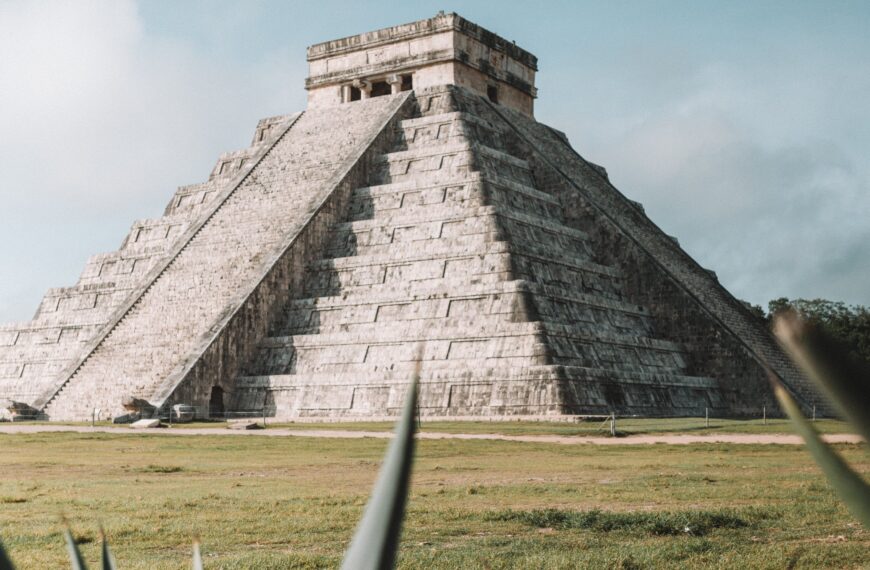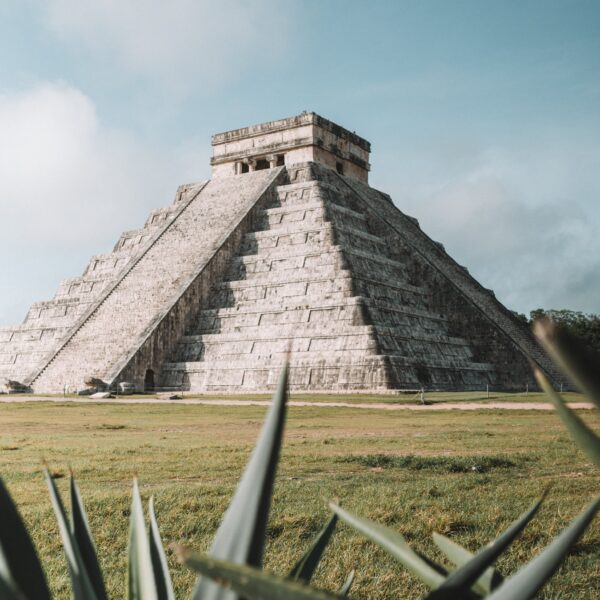Risk: A Game of Strategy and World Domination is a renowned strategy board game that has captivated players since its initial release in 1957 by Parker Brothers. Designed for 2-6 players, Risk challenges players to conquer the world by occupying every territory on a stylized map comprising of 6 continents and 42 territories. With a clear objective in mind, players strategically maneuver their armies, battling opponents through dice rolls in an attempt to eliminate them from the game. As players control territories and continents, their army count flourishes, ensuring a constant power struggle and a thrilling game to the very end. Deeply engaging and intellectually stimulating, Risk offers an intense experience where victory hinges on cunning strategy and calculated risk-taking.

Overview of Risk
Risk is a strategy board game of world domination. It was first released in 1957 by Parker Brothers and has since become a classic in the board game world. The game is designed for 2-6 players and provides a stimulating and strategic experience.
History of Risk
Risk has a rich history that dates back to its creation in the late 1950s. The original version of the game was designed by Albert Lamorisse, a French filmmaker, and was initially called “La Conquête du Monde,” which translates to “The Conquest of the World.”
In 1959, Parker Brothers acquired the rights to the game and renamed it “Risk: The Game of Global Domination.” Over the years, several editions and variations of the game have been released, each with its own unique features and rules.
Number of Players
Risk is a multiplayer game that requires a minimum of 2 players to start and can accommodate up to 6 players. The more players there are, the more dynamic and strategic the gameplay becomes.
Objective of the Game
The objective of Risk is to occupy every territory on the board and eliminate the other players. Players strategically deploy their armies, launch attacks, defend their territories, and fortify their positions to achieve world domination.
Components of the Game
The game board itself is a stylized map that represents the world divided into 6 continents and 42 territories. It also includes cards that players can earn and trade in for additional armies, army tokens to represent their forces, and dice for resolving battles.
Game Setup
Before diving into the gameplay, the game must be properly set up to ensure a fair and balanced experience for all players.
Preparing the Game Board
Start by unfolding the game board and placing it in the center of the playing area. Make sure all players have a clear view of the board and sufficient space to maneuver their armies.
Distributing Armies
Each player should receive a set number of armies at the beginning of the game, which is determined by the number of players. The rulebook provides a breakdown of the army distribution based on the player count.
Placing Initial Armies
Players take turns placing their initial armies on the territories they control. The territories are initially unoccupied, so players must strategically decide where to place their armies to gain control and protect key positions.
Distribution of Risk Cards
Risk cards play a crucial role in the game and are distributed at the start of the game and throughout gameplay. The specific rules for distributing Risk cards may vary depending on the edition of the game being played.

Gameplay
Once the game has been properly set up, players can begin their conquest for world domination. The gameplay mechanics of Risk involve a series of actions and decisions that players must make strategically.
Receiving Reinforcements
At the start of each turn, players receive reinforcements based on the number of territories they occupy and controlled continents. The more territories and continents they control, the more armies they receive to reinforce their positions.
Attacking Territories
One of the primary actions in Risk is attacking territories held by other players. Players can launch attacks by choosing a territory they control and targeting an adjacent enemy territory. This initiates a battle between the attacker and defender.
Defending Territories
When a player’s territory is under attack, they have the opportunity to defend it. The defender can roll dice to determine the outcome of the defense, with the number of dice rolled based on the number of armies in the defending territory.
Resolving Battles
Battles in Risk are resolved by comparing the highest dice roll from both the attacker and defender. The higher roll wins the battle, and the losing side must remove one army from the territory. In the event of a tie, the defender wins.
Capturing Territories
If the attacker successfully defeats the defending armies, they capture the territory and must move a minimum number of armies into the newly conquered territory. The attacker can choose to continue their conquest or halt their attack.
Fortifying Territories
After attacking and capturing territories, players have the option to fortify their positions. This involves moving armies from one territory to another, strengthening strategic positions and shoring up defenses.
Trading in Risk Cards
Risk cards add an additional layer of strategy to the game and provide players with opportunities to earn extra armies. Here’s how the Risk card system works:
Earning Risk Cards
Players earn Risk cards by successfully capturing at least one territory during their turn. The specific rules for earning Risk cards may vary depending on the edition being played.
Types of Risk Cards
Risk cards can be one of three types: infantry, cavalry, or artillery. Each type of card represents a different unit and has a corresponding set collection mechanic.
Trading in Risk Cards
Players can trade in sets of Risk cards for additional armies. A set can be either three cards of the same type or one of each type. The number of armies earned by trading in sets of cards increases with each trade.
Redeeming Risk Cards for Armies
When players trade in Risk cards for armies, they can choose where to place the new armies on the board. This strategic decision allows players to reinforce weak areas or prepare for future attacks.

Strategies for World Domination
To become a master of Risk and conquer the world, players must employ effective strategies. Here are some key strategies to consider:
Occupying Continents
Controlling entire continents provides players with bonus armies at the start of their turn. Strategically occupying continents and maintaining control is a crucial part of gaining a significant advantage over opponents.
Continent Bonus Armies
Each continent provides a different number of bonus armies. Players should calculate the risk and reward of controlling each continent and strategize accordingly.
Expansion vs. Defense
Balancing expansion and defense is essential in Risk. While expanding into new territories can be rewarding, it’s crucial to protect already secured territories to minimize the risk of losing control.
Partnering with Other Players
Forming alliances and partnerships with other players can be advantageous, especially when facing a common enemy. Cooperating with others can create opportunities for joint attacks and provide a buffer against potential threats.
Risk Card Management
Effectively managing Risk cards is key to gaining extra armies and maintaining a competitive edge. Strategically timing trades and collecting sets can grant a significant advantage on the battlefield.
Advanced Gameplay Tactics
For experienced players looking to take their gameplay to the next level, advanced tactics can provide an edge over opponents. Here are some advanced gameplay tactics to consider:
Blitzkrieg Strategy
The blitzkrieg strategy involves launching quick and overwhelming attacks on a specific target, aiming to capture territories rapidly. This strategy requires careful planning and coordination to execute successfully.
Turtle Strategy
The turtle strategy focuses on defensive tactics, fortifying territories, and conserving armies. This approach requires patience and strategic positioning to withstand attacks and wear down opponents.
Bait and Switch Strategy
The bait and switch strategy involves luring opponents into attacking a seemingly vulnerable territory, only to have a trap set up to counter-attack and defeat the unsuspecting enemy. This strategy relies on bluffing and misdirection.
Cannon Fodder Strategy
The cannon fodder strategy involves sacrificing a large number of armies in a battle to weaken the defender and soften up the territory for a subsequent attack. This strategy can be risky but can pay off if executed properly.
Cutting Off Reinforcements
Denying opponents reinforcements by strategically cutting off their supply lines can greatly hinder their ability to defend their territories. This strategy involves targeting key territories and disrupting opponent’s trade routes.
Common Mistakes to Avoid
To improve gameplay and increase chances of victory, it’s essential to avoid common mistakes that new players often make. Here are some mistakes to watch out for:
Overextending Your Territories
Expanding too quickly without reinforcing and protecting newly acquired territories can leave them vulnerable to counter-attacks. It’s crucial to strike a balance between expansion and consolidation.
Neglecting Defense
Focusing solely on aggressive tactics can leave a player’s territories weakly defended. Neglecting defense allows opponents to easily capture unprotected territories. Maintaining a strong defense is key to long-term success.
Failing to Form Alliances
Playing Risk as a purely individual game can be a mistake. Forming alliances and cooperating with other players can provide valuable support and create opportunities for mutual benefit.
Underestimating Risk Cards
Risk cards are not to be overlooked. Underestimating their importance and failing to strategize around them can prove costly. Proper risk card management can significantly impact the outcome of the game.
Being Too Aggressive
While being aggressive can be an effective strategy, being overly aggressive without considering the risks and consequences can backfire. It’s essential to strike a balance between aggression and careful planning.
Winning Strategies
Achieving victory in Risk requires careful planning and execution of winning strategies. Here are some winning strategies to consider:
Eliminating Other Players
One way to win is by eliminating all other players from the game. Attacking opponents strategically, cutting off reinforcements, and capturing their territories can increase the chances of achieving this objective.
Occupying All 42 Territories
Another path to victory is to occupy all 42 territories on the game board. This requires a combination of aggressive tactics and defense to ensure control over a vast portion of the world.
Managing Risk Cards Effectively
Effectively managing Risk cards can provide a consistent stream of bonus armies. Timing trades and collecting valuable card sets can help players accumulate the necessary forces for a decisive victory.
Balancing Defense and Offense
Maintaining a balance between defense and offense is crucial. Devoting too many resources to one strategy can leave players vulnerable. Finding the right balance ensures a solid defense while still making progress in capturing new territories.
Adapting to Changing Situations
Flexibility and adaptability are essential qualities for successful Risk players. The game’s dynamic nature requires players to adjust their strategies based on changing situations, opponents’ moves, and the distribution of armies.
Alternate Game Variants
Risk has a rich history of alternate game variants that provide players with unique gameplay experiences. Here are some popular variants:
Capital Risk
In Capital Risk, players must protect their capital city while trying to conquer the world. The objective is to capture opponents’ capitals while safeguarding their own.
Secret Mission Risk
In Secret Mission Risk, players are assigned secret missions at the beginning of the game. The objective is to complete the mission without revealing it to other players.
Simultaneous-Turn Risk
Simultaneous-Turn Risk introduces a new gameplay mechanic where all players take their turns simultaneously. This variant adds an element of unpredictability and requires quick decision-making.
Team Risk
Team Risk allows players to form alliances and play as teams. This variant encourages cooperation and coordination between teammates to achieve victory.
Commander’s Risk
Commander’s Risk adds an additional layer of strategy by introducing a commander for each player. The commander has unique abilities that can influence battles and impact the game’s outcome.
Conclusion
Risk is a game that offers endless possibilities for strategic gameplay and world domination. By understanding the history, rules, and various strategies, players can embark on a thrilling adventure to conquer the world one territory at a time. Continuous learning and improvement are key to mastering Risk and becoming a formidable opponent on the board. So gather your armies, deploy your tactics, and may the best strategist prevail!








